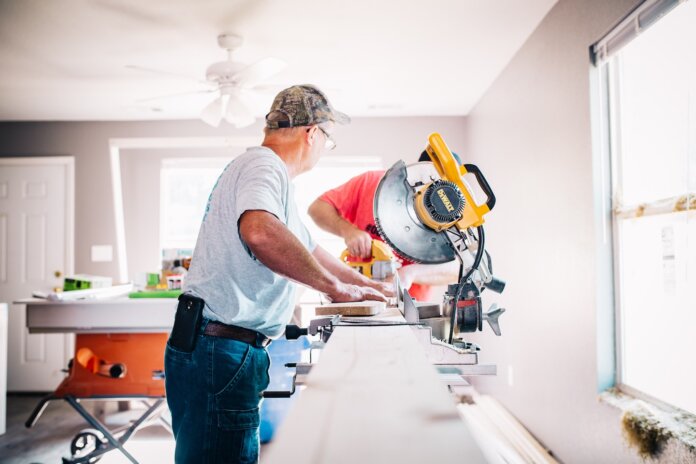Housing starts in September were at a seasonally adjusted annual rate of 1.439 million, a decrease of 8.1% compared with August and down 7.7% compared with September 2021, according to the U.S. Census Bureau and the U.S. Department of Housing and Urban Development.
Starts of detached, single‐family homes were at a rate of 892,000, a decrease of 4.7% compared with August.
Starts of multifamily homes (five units or more per building) were at a rate of 530,000, a decrease of 13.1% compared with August.
Regionally, and year over year, combined single-family and multifamily starts were up 3.9% in the Northeast and 3.6% in the South, but down 1.2% in the Midwest and 3.4% in the West.
Building permits increased slightly in September. They were at a seasonally adjusted annual rate of 1,564 million, up 1.4% compared with August but down 3.2% compared with September 2021.
Permits for single‐family homes were at a rate of 872,000, a decrease of 3.1% compared with the previous month.
Permits for multifamily dwellings were at a rate of 644,000 in September, an increase of 8.2% compared with the previous month.
Regionally, and year over year, permits were down 2.8% in the Northeast and 1.6% in the West, but were up 1.5% in the Midwest and 1.4% in the South.
Housing completions were at a seasonally adjusted annual rate of 1.427 million, an increase of 6.1% compared with August and an increase of 15.7% compared with September 2021.
“Higher interest rates are hurting the ability of buyers to purchase a new home, particularly at the entry-level end of the market,” says Jerry Konter, chairman of the National Association of Home Builders (NAHB), in a statement. “Higher rates also harm the supply-side of the market by increasing the cost of construction and development loans.”
“The ongoing decline for single-family construction mirrors weakness for single-family builder sentiment, which has now declined for 10 straight months and stands at half the level of a year ago,” says Robert Dietz, chief economist for NAHB. “The September single-family production level is below a 900,000 annualized rate and the lowest level since May 2020.”
Odeta Kushi, deputy chief economist for First American, points out that there are many homes stuck in the pipeline, waiting to be competed.
“The number of single-family homes under construction remains near all-time highs, hampered by labor shortages and high construction material costs,” Kushi says. “Single-family permits and starts are leading indicators of new housing inventory in the pipeline so, as they decline, builders will have the opportunity to chip away at the backlog of homes in the pipeline.”
“In fact, the pace of single-family housing completions, which represents new supply added to the housing stock, increased on a monthly and annual basis,” Kushi says. “Multifamily completions also increased on a monthly and annual basis, adding more multifamily supply to the market, which may put some downward pressure on rents.”
Kushi further notes that the decrease in permits “should come as no surprise, as homebuilder confidence declined for the tenth consecutive month in October, reaching its lowest level since August 2012, excluding spring of 2020.”
“All three components of the index—current single-family home sales, future sales expectations and traffic of prospective buyers—fell,” she adds. “The decline in homebuilder confidence comes on the heels of a jump in the average 30-year, fixed mortgage rate to nearly 7 percent, suggesting that the new-home market will continue to slow.”
Photo: Annie Gray














